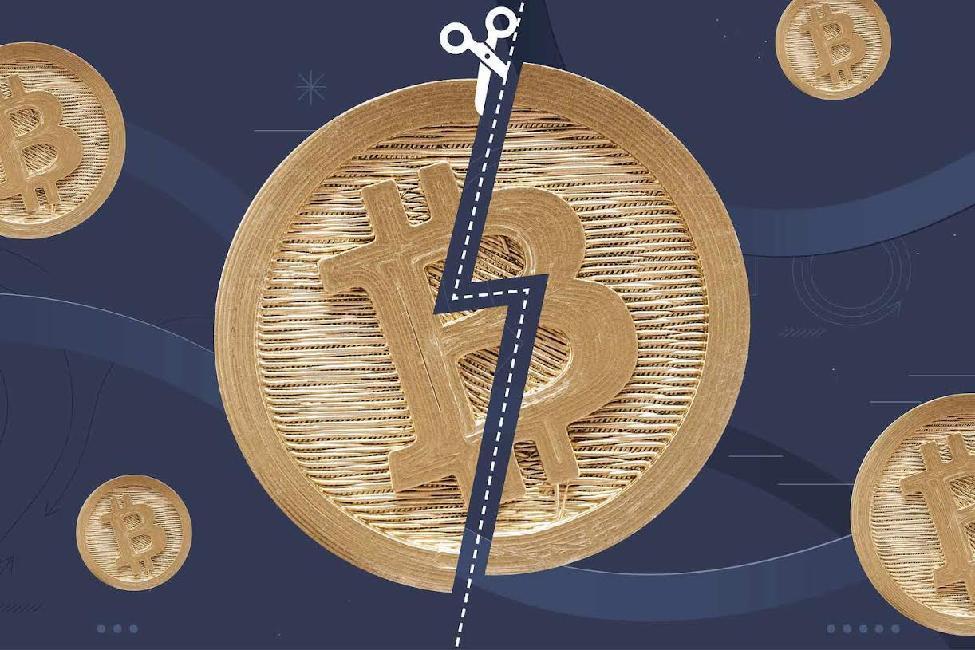April 16, 2024
By Sharan Kaur Phillora
The crypto world braces for a key moment known as the Bitcoin “halving,” an event scheduled to occur around April 20, which will drastically reduce the daily earnings of Bitcoin miners from 900 to 450 Bitcoins. This adjustment, part of a scheduled software update that occurs every four years, aims to maintain the scarcity of Bitcoin by halving the rewards for mining activities, thereby theoretically increasing its value over time.
Here’s what we know:
This year, however, the halving comes at a challenging time for miners, coinciding with rising operational costs and increased competition for energy. The reduction in mining rewards is projected to lead to annual revenue losses of approximately US$10 billion for the global Bitcoin mining industry. Key players such as Marathon Digital Holdings and CleanSpark have responded by ramping up their technological investments and acquiring smaller competitors to mitigate the financial impact.
Matthew Kimmell, a digital asset analyst at CoinShares, highlighted the urgency for miners to maximize their output before the halving takes effect. “This is the final push for miners to squeeze out as much revenue as they can before their production takes a big hit,” he explained. “With revenues across the board decreasing overnight, the strategic response of each miner, and how they adapt, could well determine who comes out ahead and who gets left behind.”
The impending halving is not just a financial challenge but also a technological race, as miners invest in more efficient machinery to compete effectively. This need for advanced technology has escalated the miners’ spending, just as they face burgeoning competition from the rapidly growing artificial intelligence industry for affordable power sources.
Moreover, the shift in the Bitcoin mining landscape from China to the US has introduced new complexities. The US, already grappling with limited power availability, sees an intensified battle for electricity between crypto miners and large tech companies like Amazon and Google, which are also expanding their data center operations.
Despite these hurdles, historical trends have shown that Bitcoin’s price often surges after a halving, potentially offsetting the reduced mining rewards. However, the increasing difficulty of mining and the escalating costs of operations means that only the most financially and technologically equipped miners may be able to thrive post-halving. As the industry stands on the precipice of this significant event, the future of many miners hangs in the balance, dependent on their adaptability and strategic foresight.
About the author
Sharan Kaur Phillora’s thirst for knowledge has led her to study many different subjects, including NFTs and Blockchain technology – two emerging technologies that will change how we interact with each other in the future. When she isn’t exploring a new idea or concept, she enjoys reading literary masterpieces.



